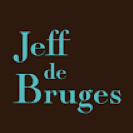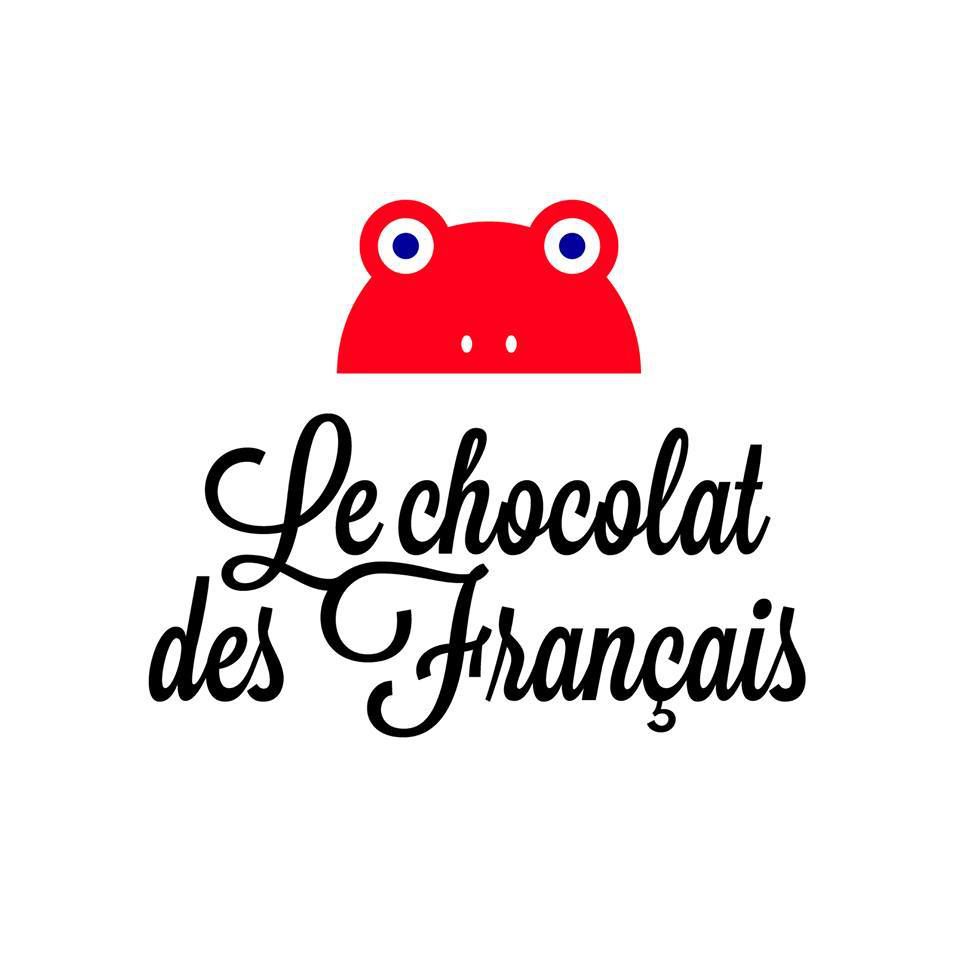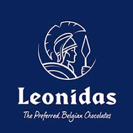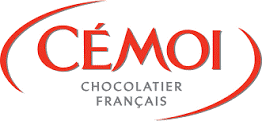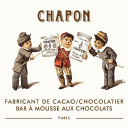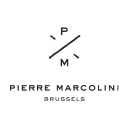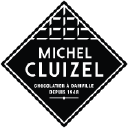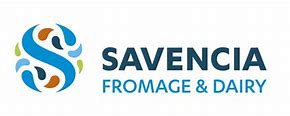Summary
to understand this market
Detailed content
 Inforamtion
Inforamtion
- Number of pages : 30 pages
- Format : Digital and PDF versions
- Last update : 18/03/2024
 Summary and extracts
Summary and extracts
1 Market overview
1.1 Definition and scope of study
French supermarket sales of chocolate are expected to fall by 2.3% in 2022 in value and 4% in volume terms, following 10% growth in 2020. The French chocolate and confectionery manufacturing market grew by 6.82%, this growth being driven by general price increases despite a loss of sales volume
In 2022, chocolatiers faced a tricky year, characterized by inflationary surges,purchasing power issues and health scandals, which created significant challenges for the industry. In 2023, many challenges remain, including record inflation in the food sector, which should lead to more difficult choices for consumers, impacting consumer trends at market research. In addition, energy and wage costs are rising significantly, requiring a reassessment of pricing strategies and targeted market segments.
At the same time, cocoa prices are trending upwards, affecting the competitiveness of chocolate products on the world market, and this must be taken into account in supply chain analyses.
However, despite these challenges, chocolatiers continue to invest in expanding their production capacities, reflecting their confidence in growth prospects, and underlining the importance of market research in identifying opportunities. It also appears that companies are beginning to adapt their growth strategies to new market conditions, integrating research data to better target their markets and customer segments.
Overall, manufacturing is still particularly concentrated in the hands of large multinationals such as Nestlé and Lindt. However, many French craftsmen and SMEs still manage to keep traditional French products alive.
In response, the market is developing premium products, which are more personalized and healthier, creating a differentiating factor in relation to private label and multinational products.
The sector's trade balance improved by almost 9% in 2022, thanks to a drop in imports linked to lower French consumption of chocolate. However, the trade balance remains highly negative, at almost 1 billion euros.
1.2 Growing markets worldwide and in Europe
Cocoa bean production is very demanding, requiring a warm climate all year round, as well as high humidity accompanied by significant rainfall (***). These conditions are best found in tropical forests. This explains why cocoa is produced in so few different countries. Côte d'Ivoire and Ghana alone account for **% of the ...
1.3 A French market with solid fundamentals
The chocolate market grew from **** to ****, rising from *.*** billion euros to *.*** billion euros. This market size has been established using data on Grandes Surfaces Alimentaires (***).
In ****, with the loss of household purchasing power due to inflation, sales of chocolate in supermarkets fell by *.**%.
Size of the French chocolate market France, ****-****, ...
1.4 A market dependent on imports
The balance of trade in chocolate and chocolate products is particularly negative, with a coverage ratio of just **% in **** (***). This reflects the French market's heavy dependence on foreign imports, particularly in the chocolate bonbon and chocolate bar segments. [***]
exports of chocolate and other food preparations containing cocoa fell by *.**% in **** Exports ...
1.5 The positive effects of Covid-19 on the chocolate market
Sales in these three categories during the containment period France, April * to May *, ****, in % Source: ****
The health crisis and confinements have boosted sales of chocolate products. Indeed, the French looked for several ways to relax during the lockdown, and chocolate was one of them. Over the period April * to May *, ****, chocolate ...
2 Demand analysis
2.1 Regular chocolate consumption
Sales by chocolate segment France, ****, € billion Source: ****
In ****, chocolate bars will account for the largest share of sales, with **.*% of tons sold in supermarkets. This dominance underlines French consumers' strong demand for chocolate bars, which can be attributed to their popularity as an everyday consumer product. Spreads are also very popular ...
2.2 France's favorite chocolates
The French say they prefer some forms of chocolate more than others. Chocolate bars are enjoyed by almost */* of French **-year-olds. Fondants, moelleux and pains au chocolat are appreciated by over **% of the population. [***]
It is important to note that preferences change significantly with age. While bars are enjoyed by only ...
2.3 Chocolate and the holidays
An important aspect of chocolate is its high consumption during the festive season (***). The first two holidays alone account for **.*% of chocolate consumption over the year. [***]
In fact, **% of French people say they couldn't do without chocolate during the festive season (***). [***]
Breakdown of chocolate consumption by time of year France, ****, in Source: ...
2.4 Towards healthier food consumption
CHD-Expert has carried out a study on trends in French food consumption. [***] It identified several trends at work:
The Vegan trend, which is lived as a philosophy of life, concerns only *% of French people. The more general healthy trend, which concerns more and more French people. Consuming healthy food is becoming ...
2.5 France's favorite chocolate shops and bars
France's favorite chocolate makers:
The chart below is based on OpinionWay's survey of French consumers' favorite chocolate brands in February ****. These are the respondents' answers to the question "Do you like such and such a chocolate shop?" for each brand, with the percentage corresponding to the proportion of respondents who answered ...
3 Market structure
3.1 Value chain
Source: ****
Producers of finished products such as Mars, Nestlé, Lindt and Sprüngli source their raw materials (***) or caterers.
There are also producers of semi-finished products who, after obtaining supplies from raw material producers, produce couverture chocolate, cocoa powder, cocoa butter and cocoa paste. These products are then sold to certain ...
3.2 Number of companies and number of employees
Companies in the sector
The number of companies making chocolate products continues to rise, from nearly *** in **** to **** in ****. [***]
Growth in the number of chocolate and chocolate-related companies France, ****-****, in units Source: ****
The number of employees in companies manufacturing chocolate products will increase by only *% between **** and ****, reaching **,*** employees.
Number ...
3.3 Chocolate distribution
Breakdown of chocolate manufacturer sales by type of customer France, ****, % sales Source: ****
End consumers are the customers to whom finished products will be sold, while semi-finished products will be sold to industrial and professional customers. The majority of chocolate sales, **.*%, were destined for end consumers, whether on the French domestic market ...
3.4 A relatively concentrated market
An overview of the market
It is possible to distinguish * types of manufacturers on the chocolate and chocolate factory market in France. [***]
Number of companies by size and number of employees France, ****, in % Source: ****
The main players are foreign multinationals (***), which have processing plants in France and abroad, and export their ...
3.5 Strategic changes altering the market landscape
French company Cémoi to be acquired by Belgian group Sweet Products in July **** :
Belgian company Sweet Products has acquired French chocolate leader Cémoi in July ****, following exclusive negotiations which began in May of that year. The acquisition aims to create a major confectionery player in Europe, with combined sales ...
4 Offer analysis
4.1 A wide range of products
An initial distinction between cocoa and chocolate products can be made according to the type of chocolate used to make them. The most common types of chocolate are dark and milk. They differ from each other in their cocoa, cocoa butter, milk and sugar content.
Source: ****
Secondly, these types of chocolate ...
4.2 Prices rising sharply in 2022 and 2023
Price index for sugar, jam, chocolate and ice cream France, ****-****, base *** in **** Source: ****
Prices for sugar, jam, chocolate and ice cream have risen very little between **** and **** (***). [***]. However, in **** and ****, with inflation in France and rising energy costs, prices for sugar, jam, chocolate and ice cream will rise by *.*% in ...
4.3 The premiumization of chocolate
Cocoa and chocolate manufacturers are undergoing a number of changes, notably with the development of organic products and premiumization.
The organic trend
Today, **% of French people consider the "organic" label to be important for chocolate (***). This contrasts with stagnant or even declining sales in the sector. [***]
As a result, organic today ...
4.4 A variety of suppliers
The French chocolate and chocolate-maker market is characterized by a diversified offering thanks to a variety of players, including big names in the industry, renowned SMEs, chains with convenience stores and artisan chocolatiers. This variety of players creates a dynamic and competitive ecosystem, offering consumers a vast choice of products, from ...
5 Regulations
5.1 Regulations for cocoa and chocolate products
Cocoa and chocolate products are subject to the regulations set out in European Directive ****/**/EC, which covers product composition and labeling. [***]
The regulations distinguish between * main product categories:
Cocoa Chocolate Chocolate sweets
The cocoa butter content of powdered cocoa is a minimum of **% for lean cocoa, **% for "sweet" cocoa and **% for ...
6 Positioning the players
6.1 Player segmentation
Artisanal chocolate makers are also an important segment of French chocolate production. Often run by a single person or a small team, these artisan chocolate makers are small, high-quality structures that do not aim for mass production.
- Lindt & Sprungli
- Jeff de Bruges
- Mondelez
- Le Chocolat des Français
- Ferrero
- Barry Callebaut
- Leonidas
- Cémoi (Sweet Products)
- Chocolat Chapon
- Pierre Marcolini Chocolatier
- Cluizel Chocolatier
- Savencia Fromage & Dairy groupe
- Benoit Chocolat
- Christophe Michalak
- Maison du Chocolat
- Valrhona (Savencia Fromage & Dairy)
- Bello & Angeli
- Le Comptoir de Mathilde
- Chocolaterie Monbana (Buton Groupe)
- Des Lis chocolat
- Des Lis chocolat
- Chocolatrie Janin
- Cabosse & Associés (Chocolat Alain Ducasse)
- Mathez Chocolat
- Bonnat chocolatier
- Chocmod
- Côte d'Or Chocolat (Mondelez group)
- Chocolatier Patrick Roger
- Poulain - CPK Production (Carambar & co)
- Weiss
- Yves Thuries
- GuyLian
- Jadis et Gourmande
- Jean-Paul Hévin
- La Chocolaterie Cyril Lignac
- La Maison Christophe Roussel
- Suchard (Carambar & Co)
- Pierre Hermé Groupe
- Grain de Sail
- Réauté Chocolat Production
- Cargill France
 List of charts
List of charts
- Countries' share of world cocoa production by volume
- Market trends for chocolate and chocolate factories
- 3 largest exporters of chocolate bars in Volume
- French supermarket sales of chocolate
- Volume of chocolate sold in French supermarkets
All our studies are available online in PDF format
Take a look at an example of our research on another market!
Latest news
Companies quoted in this study
This study contains a complete overview of the companies in the market, with the latest figures and news for each company. :
 Choosing this study means :
Choosing this study means :
Access to more than 35 hours of work
Our studies are the result of over 35 hours of research and analysis. Using our studies allows you to devote more time and added value to your projects.
Benefit from 6 years' experience and over 1,500 industry reports already produced
Our expertise enables us to produce comprehensive studies in all sectors, including niche and emerging markets.
Our know-how and methodology enable us to produce reports that offer unique value for money.
Access to several thousand articles and paid-for data
Businesscoot has access to all the paid economic press as well as exclusive databases to carry out its market research (over 30,000 articles and private sources).
To enhance our research, our analysts also use web indicators (semrush, trends, etc.) to identify market trends and company strategies. (Consult our paying sources)
Guaranteed support after your purchase
A team dedicated to after-sales service, to guarantee you a high level of satisfaction. +44 238 097 0676
A digital format designed for our users
Not only do you have access to a PDF, but also to a digital version designed for our customers. This version gives you access to sources, data in Excel format and graphics. The content of the study can therefore be easily retrieved and adapted for your specific needs.
 Our offers :
Our offers :
the chocolate and chocolate factory market | France
- What are the figures on the size and growth of the market?
- What is driving the growth of the market and its evolution?
- What is the positioning of companies in the value chain?
- Data from several dozen databases
Pack 5 études (-15%) France
- 5 études au prix de 75,6€HT par étude à choisir parmi nos 800 titres sur le catalogue France pendant 12 mois
- Conservez -15% sur les études supplémentaires achetées
- Choisissez le remboursement des crédits non consommés au terme des 12 mois (durée du pack)
Consultez les conditions du pack et de remboursement des crédits non consommés.





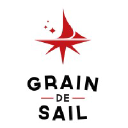 Grain de Sail christens its second transatlantic cargo sailboat in Saint-Malo - 31/01/2024
Grain de Sail christens its second transatlantic cargo sailboat in Saint-Malo - 31/01/2024
 Cargill invests 50 million euros and sets up R&D center in Loiret - 21/10/2023
Cargill invests 50 million euros and sets up R&D center in Loiret - 21/10/2023
 Monbana adapts its offers to mobile habits - 08/10/2023
Monbana adapts its offers to mobile habits - 08/10/2023
 Chocmod wants to impose its chocolate truffles on supermarkets - 31/07/2023
Chocmod wants to impose its chocolate truffles on supermarkets - 31/07/2023
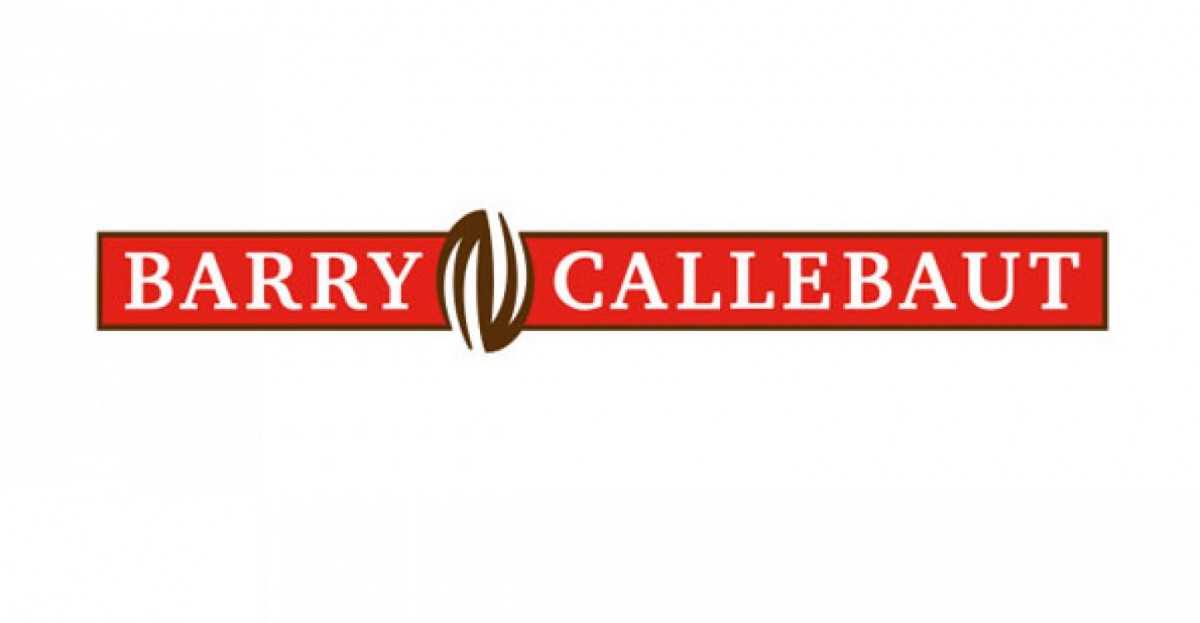 Chocolate demand rises with food inflation | Chocolate under pressure from food inflation - 21/07/2023
Chocolate demand rises with food inflation | Chocolate under pressure from food inflation - 21/07/2023

